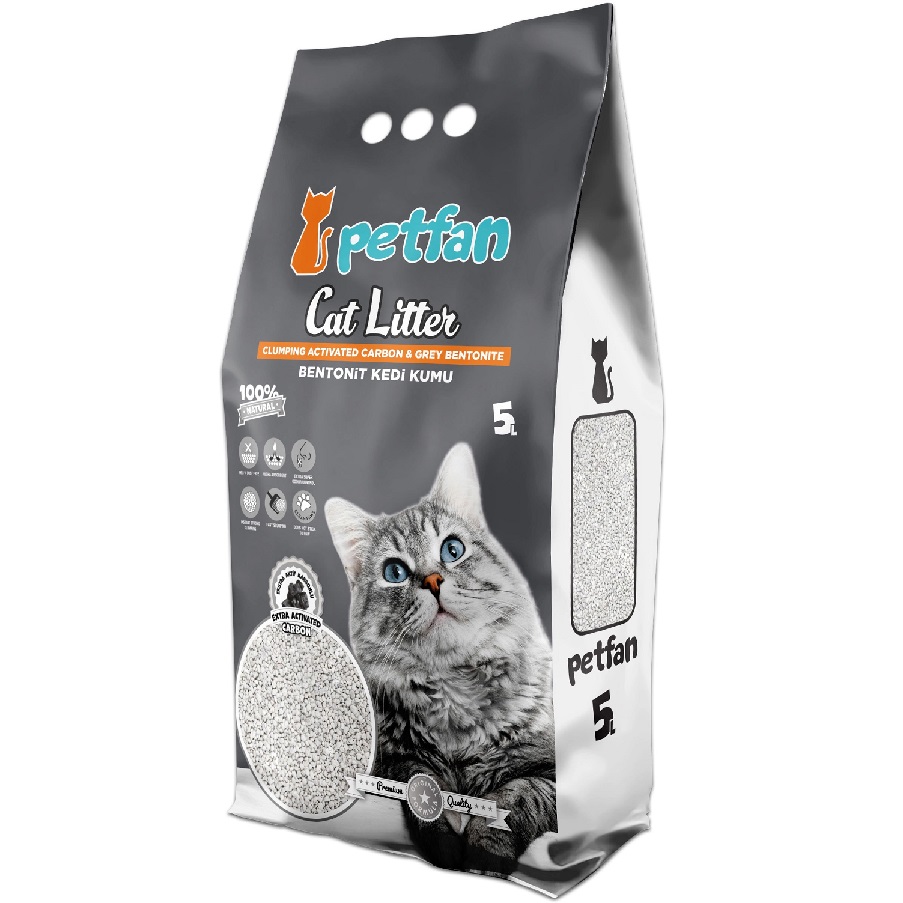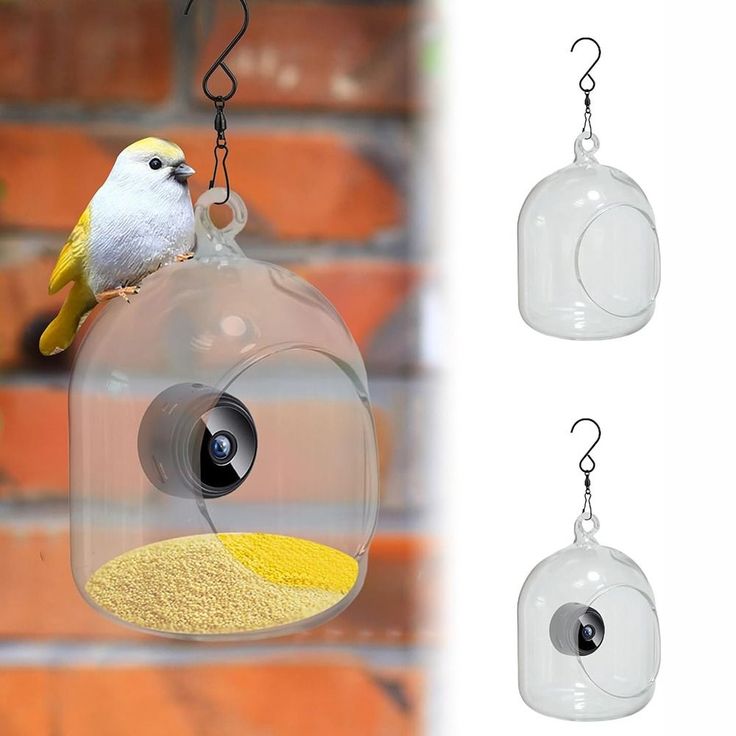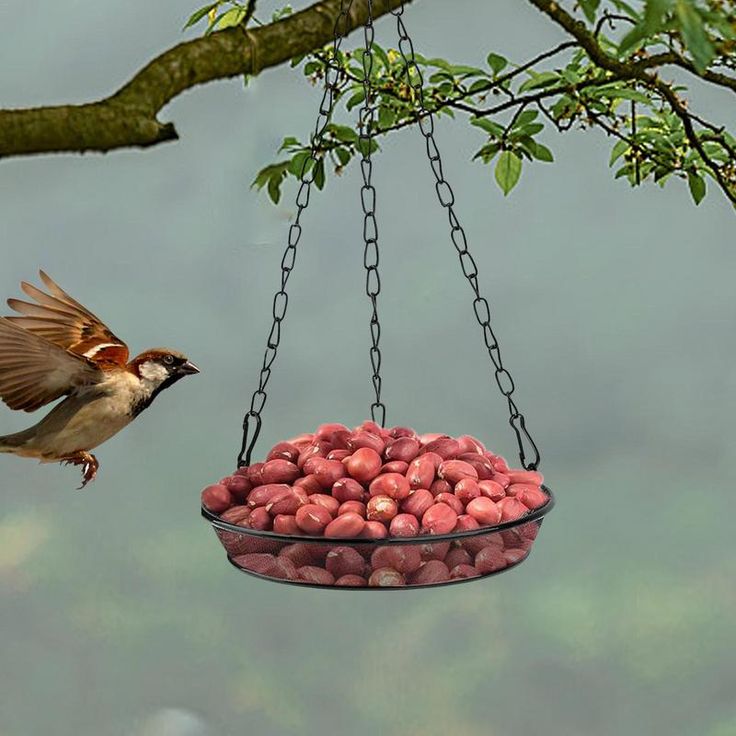I. Selecting the Right Spot for Hanging Bird Feeders
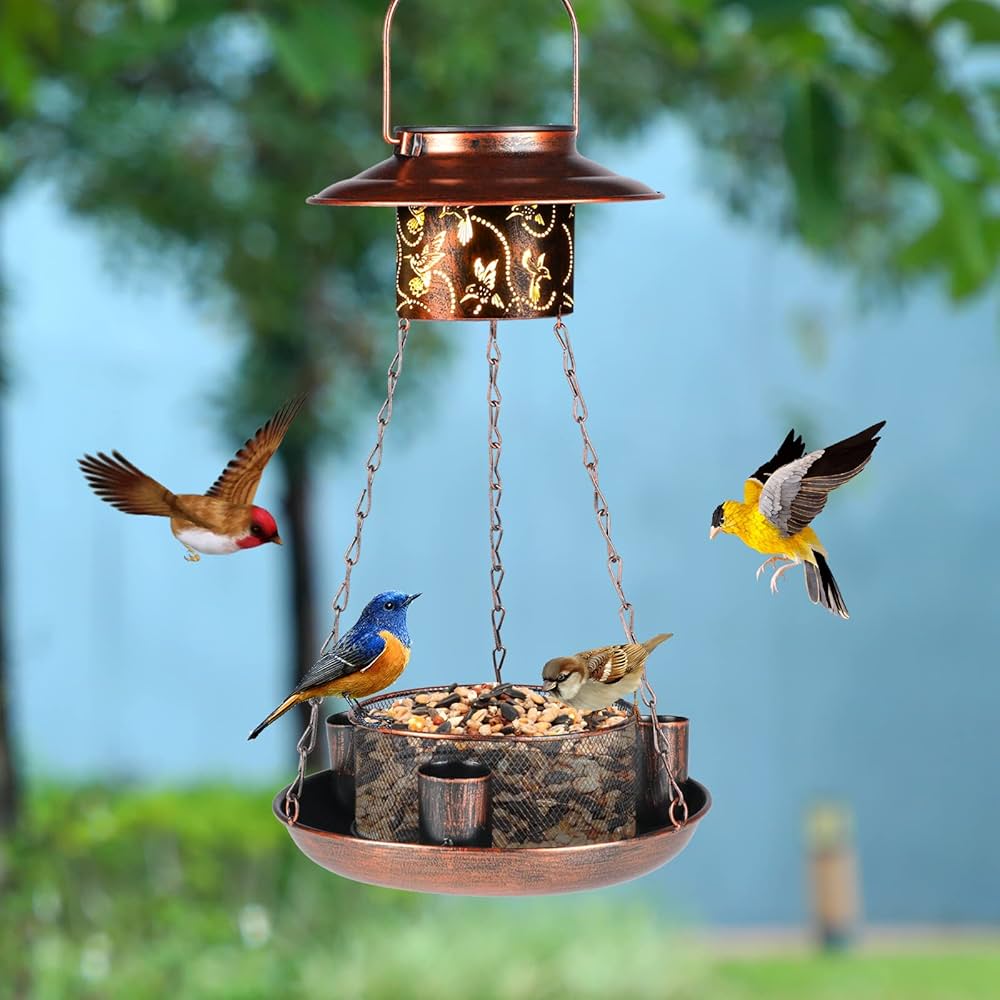
How to hang bird feeder? When it comes to hanging bird feeders, selecting the right location is crucial to attract and sustain avian visitors. This involves assessing the proximity to shelter and foliage and considering the safety and visibility of the chosen spot.
A. Assessing the Proximity to Shelter and Foliage
When choosing a location for hanging bird feeders, it’s essential to consider the accessibility of natural shelter and foliage for visiting birds. Trees, shrubs, and dense vegetation provide essential cover and refuge, allowing birds to perch and observe the feeder from a safe vantage point. Assessing the proximity to such natural shelters is important as it can offer protection and security, making the feeding area more inviting and secure for avian visitors.
Additionally, the presence of foliage and natural cover can contribute to creating a familiar and nurturing environment for birds, enhancing their comfort and willingness to frequent the feeding station. A strategic balance between openness and sheltered spaces can appeal to a wide range of bird species, accommodating their preferences for safety and observation while approaching the feeder.
B. Considering the Safety and Visibility of the Location
The safety and visibility of the chosen location are paramount to the well-being of visiting birds and the enjoyment of observing their activity. When selecting a spot for hanging bird feeders, it’s important to consider the following factors:
- Minimizing Hazards:
Choose a location that minimizes potential hazards such as exposure to predators, collisions with windows, or threats from domestic animals. - Providing Visibility:
Select an area that offers good visibility for birdwatching, allowing observers to enjoy the presence and behavior of visiting birds without causing disturbance. - Maintaining Hygiene:
Ensure that the feeding area is easily accessible for regular cleaning and maintenance to uphold hygiene standards and bird welfare.
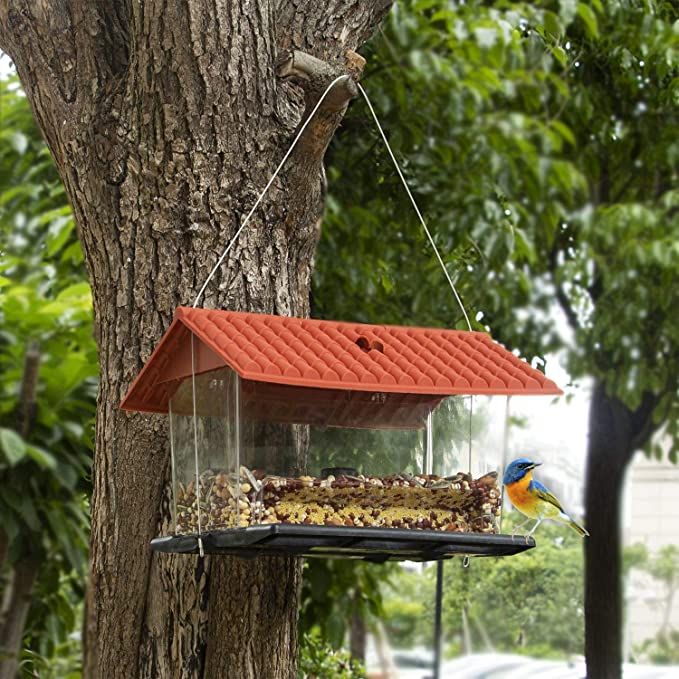
II. Choosing the Appropriate Hanging Method for Bird Feeders
How to hang bird feeder? Selecting the right hanging method for bird feeders is essential for ensuring their stability, accessibility, and attractiveness to bird species. This involves considering options such as hooks, poles, hangers, and exploring different types of hanging mechanisms.
A. Opting for Hooks, Poles, or Hangers
Hanging bird feeders may involve the use of hooks, poles, or hangers, each offering distinct advantages and adaptable features for diverse garden settings.
- Hooks:
Hanging feeders from stationary hooks provides stability and flexibility, allowing for easy relocation and adjustment to accommodate seasonal changes or specific bird preferences. - Poles:
Utilizing sturdy poles offers a reliable and elevated platform for hanging feeders, providing a clear and visible feeding station while deterring ground-based predators. - Hangers:
Employing hangers and suspension devices can offer versatility in feeder placement, enabling adjustable heights and strategic orientations to attract different bird species.
B. Exploring Different Types of Hanging Mechanisms
In addition to conventional hanging methods, there are various specialty hanging mechanisms and feeder designs that cater to specific bird species and functional requirements. Exploring these options can offer opportunities to customize the feeding environment to attract a diverse array of avian visitors and meet their unique feeding preferences.
- Suet Cages and Holders:
These specialized hanging devices accommodate suet blocks and cakes, offering high-energy nutrition for insect-eating birds. - Nyjer Seed Mesh Bags:
Mesh bags provide a convenient and adaptable way to hang nyjer seed, a favorite food source for finches and other small-beaked birds. - Squirrel-Resistant Feeders:
Hanging mechanisms that incorporate squirrel-proof features, such as weight-activated barriers or baffle systems, can help mitigate squirrel interference and protect bird feed from being pilfered.
III. Ensuring Proper Feeder Height and Accessibility for Birds
A. Positioning the Feeder at an Optimal Height
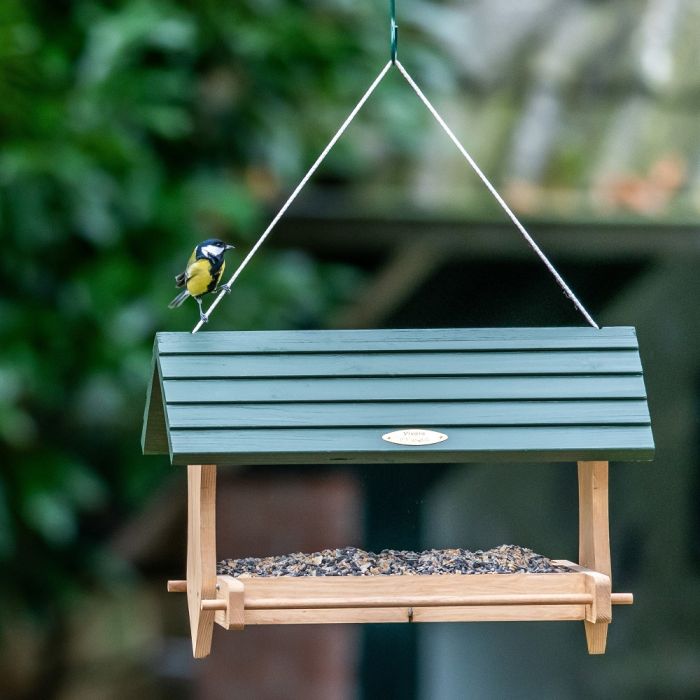
The height at which a bird feeder is positioned plays a crucial role in ensuring accessibility and safety for visiting birds. Generally, the ideal height for a feeder is at least 5 to 6 feet off the ground. This height helps to prevent ground-dwelling predators from easily ambushing birds while offering them a clear vantage point to detect potential threats. It’s important to consider the size and habits of the target bird species when determining the optimal feeder height, as different species have varying preferences for perching and feeding.
B. Selecting Feeder Designs that Accommodate Various Bird Species
The design and style of bird feeders also influence their accessibility to different bird species. When choosing feeders, it’s beneficial to select a variety of designs that cater to the feeding behaviors and preferences of various birds. For example, tube feeders with perches may attract smaller songbirds, while platform feeders or tray-style feeders accommodate larger birds that prefer to feed from a flat surface. Furthermore, open-style feeders with adjustable perches and seed trays can cater to a wide range of bird sizes and feeding habits.
IV. Avoiding Hazards and Predators Around Bird Feeders
How to hang bird feeder? Maintaining safety around bird feeders involves implementing measures to mitigate potential hazards and protect visiting birds from natural predators and human-related risks.
A. Implementing Measures to Mitigate Window Collisions
One significant hazard for birds around feeders is the risk of window collisions. Birds may fly into windows, especially near feeding areas. They due to the reflection of the surrounding environment or a lack of visual cues signaling the presence of glass. To minimize the risk of window collisions, measures such as applying bird deterrent decals, installing window screens, or placing external window treatments can help create visual markers that prevent bird-window collisions.
B. Protecting Feeders from Squirrels and Other Predators
Squirrels and other small mammals can be persistent pests around bird feeders, consuming large amounts of bird food and deterring smaller birds from visiting. To safeguard feeders from squirrels, using specialized squirrel-proof feeders or employing baffles and barriers can help prevent unwanted access. Additionally, positioning feeders away from climbing points and providing natural deterrents, such as prickly bird feeder poles or placement within a squirrel-resistant enclosure can contribute to protecting feeders from these agile predators.
V. Maintaining Cleanliness and Regular Refilling of Bird Feeders
Ensuring the cleanliness and regular replenishment of bird feeders are crucial aspects of responsible feeder management. Implementing proper cleaning and maintenance routines, as well as monitoring and refilling feeders, not only promotes a healthy feeding environment for birds but also encourages their regular visits.
A. Establishing a Cleaning and Maintenance Routine
Regular cleaning and maintenance of bird feeders are essential for preserving the health and well-being of visiting birds. Establishing a consistent cleaning routine helps to remove accumulated debris, mold, and bacteria that can contaminate bird food and negatively impact bird hygiene. Additionally, maintaining and inspecting feeders for wear and tear ensures that they remain in good condition and continue to provide a safe and reliable feeding station for birds.
Benefits of a Cleaning and Maintenance Routine:
- Preventing Disease:
Regular cleaning discourages the growth of mold and fungi that can proliferate in damp and soiled feeders, minimizing the risk of avian diseases among visiting birds. - Enhancing Feeder Longevity:
Routine maintenance contributes to the durability of feeders, extending their lifespan and ensuring their continued functionality. - Attracting Birds:
A clean and well-maintained feeder environment is more appealing to birds, enhancing their comfort and encouraging repeated visits.
B. Monitoring and Replenishing Bird Feed to Promote Regular Visits
Consistently monitoring and replenishing bird feed is essential for sustaining an engaging and dependable feeding station for birds. Regular refilling ensures that birds have access to a fresh and reliable food source, fostering their loyalty and encouraging frequent return visits to the feeder.
Encouraging Regular Visits through Feed Replenishment:
- Strategic Placement:
Position feeders in visible and accessible locations, making it easy for birds to notice and access the feeding station. - Consistent Refilling:
Maintain a routine schedule for replenishing bird food. And ensure that feeders are regularly stocked with fresh and suitable offerings for a variety of bird species. - Seasonal Adaptation:
Tailor the types of feed to seasonal changes and the specific nutritional needs of birds. Adapting the offerings to attract a diversity of avian visitors throughout the year.

